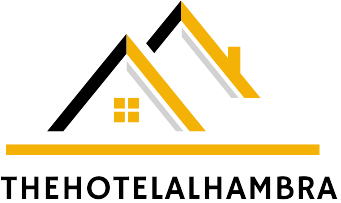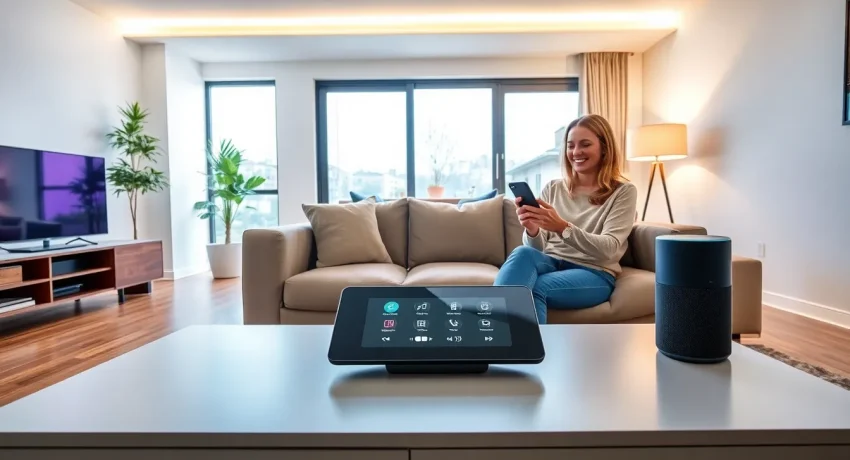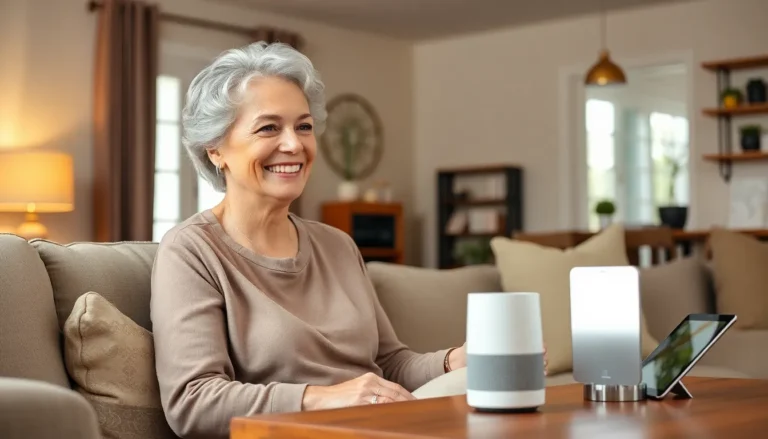Table of Contents
ToggleThe future of home living is knocking at the door, and it’s not just your neighbor asking to borrow a cup of sugar. Connected home trends are revolutionizing how people interact with their living spaces, making homes smarter, safer, and even a tad more entertaining. Imagine controlling your lights, thermostat, and even your coffee maker with just a tap on your smartphone—no more midnight trips to the kitchen in the dark!
As technology evolves, so do the ways people enhance their everyday lives. From voice-activated assistants that can tell jokes to security systems that can outsmart even the most determined intruder, the connected home is transforming into a hub of convenience and innovation. Get ready to dive into the latest trends that are making homes feel less like a place to crash and more like a futuristic sanctuary.
Overview of Connected Home Trends
Connected home technology integrates a variety of smart devices, revolutionizing everyday living. These systems offer wide-ranging control, allowing individuals to manage lighting, heating, and security through smartphones. Convenience becomes paramount as devices communicate seamlessly, reducing the need for physical interaction.
Voice-activated assistants enhance the user experience. They streamline commands to smart gadgets, enabling hands-free operation. Through simple voice prompts, users can adjust settings or gather information without hassle. Such technology fosters a more intuitive environment, making homes responsive to needs.
Enhanced security systems play a crucial role in connected homes. Advanced monitoring tools, like cameras and alarms, provide real-time alerts and remote access. Homeowners gain peace of mind, knowing they can oversee their property anywhere. Integration with mobile applications adds to the ease of management.
Energy efficiency emerges as a significant trend in connected living spaces. Smart thermostats and appliances automatically adjust power usage based on occupancy and preferences. These strategies lead to lower utility bills and a reduced carbon footprint, appealing to environmentally conscious consumers.
Furthermore, the Internet of Things (IoT) serves as the backbone of these connected systems. Devices equipped with sensors gather data, allowing homes to learn and adapt to habits. With connectivity constantly improving, the scope for personalized automation expands.
Connected home technology continues to evolve at a rapid pace. Each advancement hones in on improving user experiences, security, and efficiency. Collaboration among device manufacturers also strengthens interoperability, creating a cohesive smart home environment. As innovations unfold, homes become increasingly integrated, fostering a lifestyle defined by convenience and control.
Smart Devices in the Home
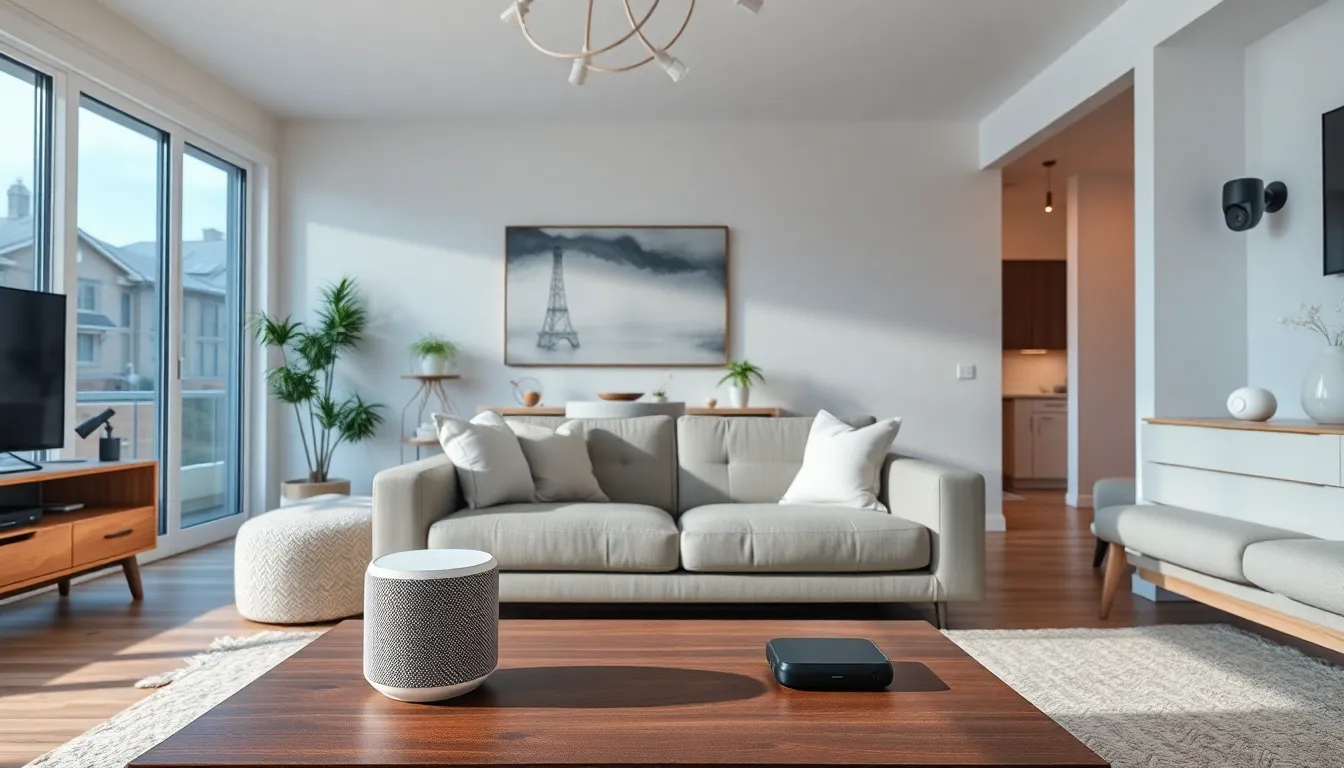
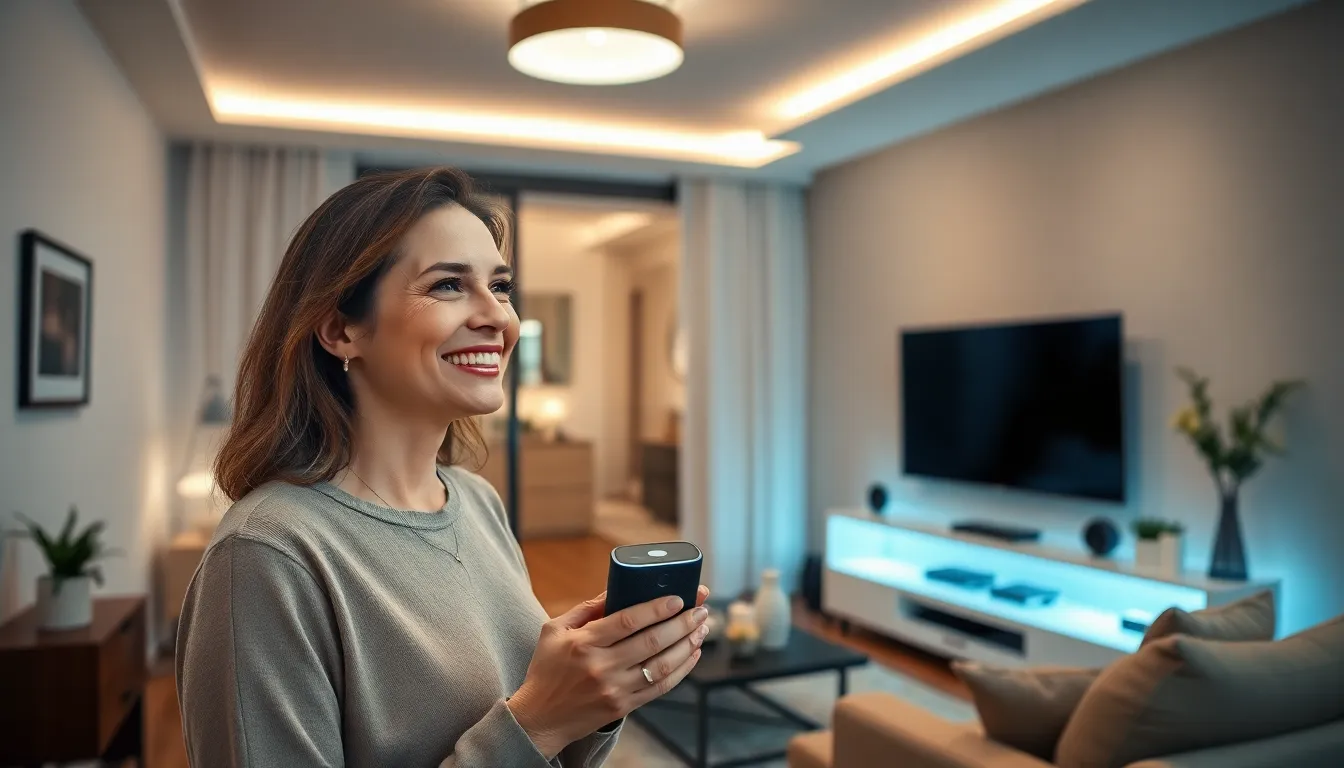
Smart devices enhance everyday living by offering convenience and security. Many households now incorporate a range of technologies that create a connected home experience.
Voice Assistants
Voice assistants become central to home automation. They enable users to control devices through simple voice commands, facilitating tasks such as adjusting lighting and playing music. Popular options include Amazon Alexa and Google Assistant, allowing for an intuitive interaction with technology. These assistants integrate into various devices, ensuring seamless communication among them. Users often enjoy hands-free capabilities, simplifying routines such as cooking or cleaning. Real-time updates and reminders further enhance functionality, making daily life more efficient.
Smart Security Systems
Smart security systems significantly upgrade home safety measures. These systems offer features such as real-time monitoring, motion detection, and remote access. Homeowners can view live feeds from security cameras through smartphones, ensuring constant oversight. Advanced options include facial recognition and automatic alerts for unusual activities. Systems like Ring and Nest provide users with customizable settings, allowing them to tailor security protocols to their preferences. Enhanced connectivity among devices ensures a comprehensive security solution, providing peace of mind for residents.
Home Automation Innovations
Home automation innovations continually reshape the way individuals experience their living spaces. From energy management to lighting systems, these advancements enhance functionality and user satisfaction.
Energy Management Solutions
Energy management solutions revolutionize how homeowners interact with energy consumption. Smart thermostats and power monitoring devices adapt to user habits, optimizing energy usage while reducing costs. Devices like the Ecobee and Nest adjust temperatures based on whether residents are home or away, leading to significant savings. Energy reports provide insights into usage patterns, enabling users to make informed decisions. Many systems allow remote access via smartphones, simplifying adjustments from anywhere. As technologies improve, integration with other smart home devices enhances overall efficiency, creating a more responsive living environment.
Smart Lighting Systems
Smart lighting systems offer convenience and flexibility for daily routines. Users can control lights through voice commands or mobile applications, customizing brightness and color to suit different moods or activities. Philips Hue and LIFX are prominent examples of smart bulbs that connect to home Wi-Fi, offering remote operation and scheduling features. Motion sensors enhance security by illuminating spaces when movement is detected. Automation allows lights to dim or turn off based on user preferences or time of day, conserving energy while enhancing ambiance. Overall, smart lighting contributes to the comfort and functionality of connected homes.
The Role of IoT in Connected Homes
The Internet of Things (IoT) plays a crucial role in connected homes, enabling seamless integration of various devices. Smart appliances and gadgets connect to the internet, allowing homeowners to control them from anywhere. Coordinated systems enhance convenience, security, and energy efficiency in daily routines.
IoT technology fosters automation, making homes responsive to user preferences. Smart thermostats adapt to occupancy patterns, optimizing heating and cooling for energy savings. According to a report from the U.S. Department of Energy, homes equipped with smart thermostats can save between 10% and 30% on heating costs.
Enhanced security systems utilize IoT devices for real-time monitoring. Surveillance cameras connect to smartphones, enabling homeowners to check feeds remotely. Advanced features like motion detection send alerts, ensuring proactive security measures are in place. According to Statista, 35% of U.S. households now use smart security systems.
Energy management solutions benefit from IoT integration. Smart lighting systems allow homeowners to customize brightness and color, often managed via mobile apps or voice commands. Devices like Philips Hue and LIFX provide remote operation and scheduling, contributing to both efficiency and ambiance.
Monitoring energy consumption in real-time proves essential. Homeowners gain insights into usage patterns through connected devices, facilitating better energy management. Automation, by adjusting power usage based on preferences, helps lower utility bills and reduce carbon footprints.
The convenience of voice-activated assistants ties IoT elements together. Users control everything with simple commands, making connections between devices effortless. This integration creates a cohesive smart home ecosystem that provides comfort and efficiency, bolstering daily living experiences.
Challenges and Considerations
Connected homes face challenges that require careful consideration, especially regarding privacy and security while ensuring compatibility among devices.
Privacy and Security Concerns
Privacy concerns emerge as connected devices collect extensive data, potentially exposing personal information. Cybersecurity threats, such as hacking, remain prevalent, risking unauthorized access to home networks. Homeowners must choose devices with robust security features, including encryption and regular software updates. Regulations like GDPR emphasize important data protection standards that connected home devices must meet. Educating users about secure practices, such as utilizing strong passwords and enabling two-factor authentication, can significantly mitigate risks.
Compatibility Issues
Compatibility issues pose significant hurdles in creating a fully integrated connected home. Many smart devices operate on different protocols, making seamless communication challenging. Standards like Zigbee and Z-Wave may not be universally adopted among manufacturers. Consequently, interoperability between various brands often becomes limited. Homeowners should prioritize purchasing devices that support common platforms or those that offer compatibility hubs. This approach streamlines operation and simplifies control, enhancing the overall connected home experience.
